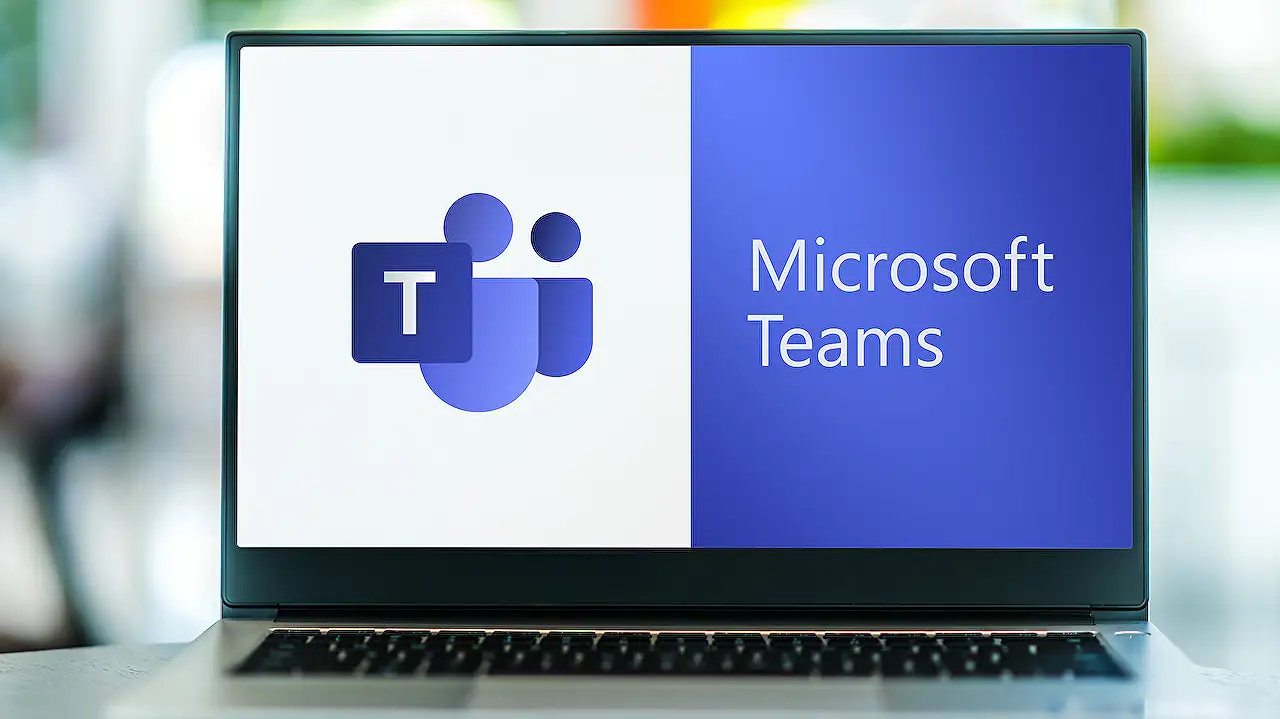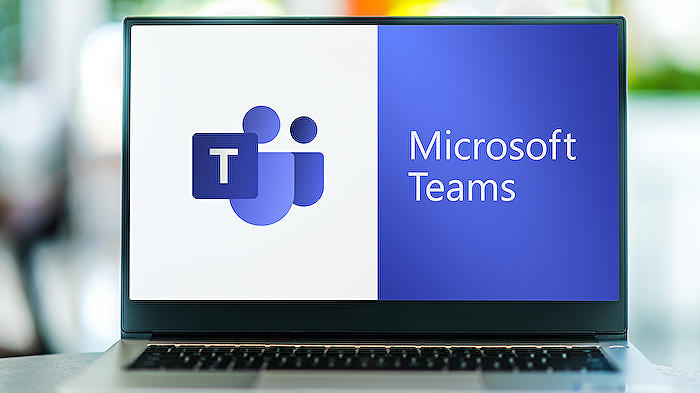- All of Microsoft

Microsoft Teams: Guide to Using 3 Types of Channels
Unlock insights on Microsofts Teams Channels, SharePoint integration and understanding their role in document management for optimized remote collaborations.
Understanding Various Channels in Microsoft Teams
The invaluable offering from tech giant Microsoft, the communication platform Teams, offers three distinct types of channels. These various channels function differently and serve several purposes to streamline communication and collaboration in a professional setting.
Thanks to the ingenuity of Microsoft, these nuanced channels allow for robust and comprehensive interaction within a group or among team members. Hearing more about these channels is crucial amidst this digital era where remote and hybrid work culture has become the norm.
Therefore, if you’re keen on understanding these channels and how to leverage them optimally, you’ve come to the right place. To find detailed information, explore the Teams Channels Guide here.
Deeper Insights on Microsoft Teams' Communication Dynamics
Teams' communication platform, an ambassador of the digital workplace, is built on three pillars. It equips organizations with resources for efficient interaction, video conferencing, and file-sharing. But, the most interesting aspect is that the structure of these platforms is not monolithic but is divided into three channels.
The first type is the standard channels that are visible and accessible to everyone in a team. These are ideal for discussions that involve everyone. The second type, private channels, is where specific conversations take place involving selected team members. Lastly, the shared channels serve as a bridge between different teams allowing interaction with external groups or organizations.
Each of these channels promotes different modes of communication, making Microsoft Teams a flexible tool adaptable to various work scenarios. Micro-management or oversharing could be a thing of the past with the well-demarcated channels within the Teams platform.
General Implications of Teams’ Channels in the Digital Workplace
The advent of Microsoft Teams as a fully-flexible tool for remote work has revolutionized the digital workplace scenario. The distinct channels within Teams reduce the chaotic mix of work discussions, CMR meetings, HR updates, and casual chat rooms.
With dedicated channels for specific purposes, it brings clarity and precision to the communication among team members – simplifying workflow and boosting productivity. Teams Channels, thus, proves to be the ultimate facilitator in orchestrating the digital symphony of the workplace.
Read the full article 3 types of channels in Microsoft Teams | SharePoint Maven

Learn about 3 types of channels in Microsoft Teams | SharePoint Maven
Microsoft Teams has become a mainstay communication and collaboration tool for various companies globally, especially during the COVID-19 pandemic era. Teams offer two primary functions - communication and document management. Let's delve deeper into the latter and comprehend the concept of Teams Channels, alternatively referred to as sections or partitions.
Teams is an integrated component of Microsoft 365, and it doesn't just exist in isolation. It ties up neatly with other Microsoft 365 applications via an entity known as the Microsoft 365 Group. The flowchart below offers a perfect illustration of how this works here .
A Microsoft 365 Group serves as a security/membership group that facilitates access to Teams and the associated applications. When you establish a new Team, a Microsoft 365 Group is simultaneously created as well as a SharePoint Site, a Group Calendar in Outlook, a Planner and a distribution list, among other things.
Contrary to popular belief, Teams does not have its document management capabilities. It relies on SharePoint for that. SharePoint, in existence for over 20 years now, has great document management features which Teams leverages. Upon uploading documents on Teams, they are actually stored on an associated SharePoint site. It's noteworthy that channels play a pivotal role in categorizing conversations within a Team.
In Teams, channels help in organizing conversations within a Team. For instance, on a Project Team, you might create channels for different business discussions such as business requirements and finances. In contrast, SharePoint organizes documents by role, access, security, and functionality and not by conversation.
With that in mind, Teams has different types of channels to bridge the gap created by the conversation-centric nature of Teams and the role/security-based access of SharePoint folders. Then three are: Standard Channels, Private Channels, and Shared Channels.
- Standard Channels: They enable separation of conversations within a Team. All members in a Team can access these channels as they don't have unique security settings.
- Private Channels: These are for private conversations within a Team, accessible only to individuals who are included in the Private channel.
- Shared Channels: They function like Private Channels but allow members not part of the team to join. They offer a secure space for conversations and file management that is temporary in nature.
For in-depth understanding and learning about MS Teams and channels, Microsoft provides various training courses, which you can find on the official Microsoft Learn website. Some notable courses include "Master working from home with Microsoft Teams", "Get started with Microsoft Teams" and "Microsoft Teams for education."
While channels offer so much flexibility, remember that they come with limitations on the number of channels you can create within a single Team and on apps available to put in the tabs. Hence, it essential to plan your Teams' structure carefully using the special channels to ensure optimal productivity and ease of use.
In conclusion, Teams provides a unified, integrated platform for communication, collaboration and document management in an organization. Different types of channels further enhance this versatility and flexibility. However, judicious use of these channels according to the team's needs is paramount for achieving the desired results.
More links on about 3 types of channels in Microsoft Teams | SharePoint Maven
- 3 types of channels in Microsoft Teams
- Dec 16, 2022 — In this post, I explain the 3 types of channels we have in Microsoft Teams. For each channel, I explain use cases with real life examples.
- 3 types of conversations and file management in MS Teams
- Jan 21, 2020 — Channels serve as threads for various topics/conversations within a Team. By default, you have a General channel, and of course, you can create ...
Keywords
Microsoft Teams Channels, SharePoint Maven, 3 Types Channels, Microsoft Teams SharePoint, SharePoint Teams Channels, Maven Microsoft Teams, Teams SharePoint Channels, 3 Teams Channels, SharePoint 3 Channels, Microsoft Maven Channels